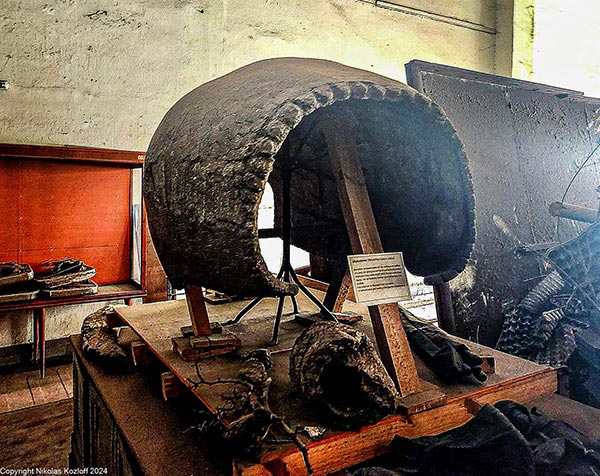
Darwin’s Travels in Uruguay
When he was not engaged in fractious local politics, Darwin traveled throughout the countryside where he uncovered large Ice Age fossils — extinct megafauna. I caught up with paleontologists at the National Museum of Natural History, an institution which had recently launched an exhibit dealing with Darwin’s legacy in Uruguay. There, I was given a tour of the fossil collection. I was particularly struck by Darwin’s Glyptodont, a gigantic Ice Age armadillo.

A gigantic armadillo the size of a Volkswagen, glyptodont thrived some 10,000 years ago. During his travels throughout the region, Darwin made significant discoveries regarding weather and climate which steer evolution. On the other hand, the explorer would probably be taken aback at the scale of current climate change and human encroachment which are forcing species to adapt on an expedited timeline. Take, for example, modern-day armadillo relatives of glyptodont, which are facing a variety of threats.
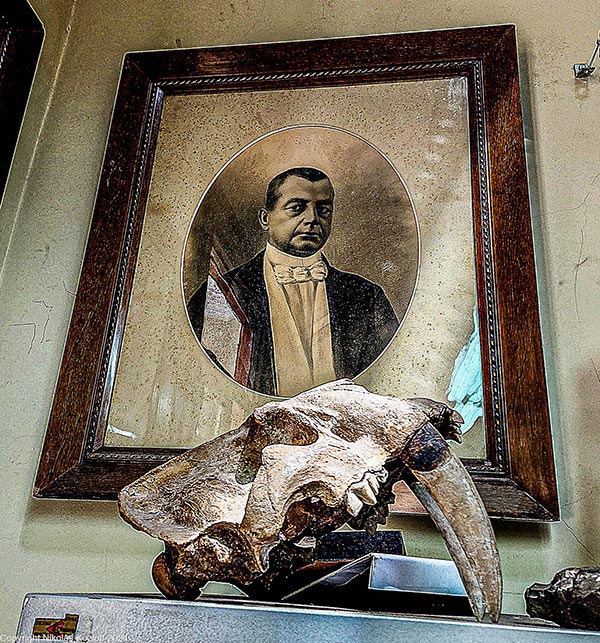
Fossil holdings in a large, street-level warehouse.
More fossils located on an upper patio level. South America’s megafauna died out, perhaps due to warming and climate change.
Further curiosities in a store room
An illustration of megafauna at the nearby Pre-Columbian and Indigenous Art Museum, including the giant sloth Megatherium, saber-toothed tiger or Smilodon, and Gliptodont.
Though climate change certainly contributed to the demise of Darwin’s megafauna, hunting and human encroachment also played a role. Today, some species which are distantly related to megafauna and other fossils uncovered by Darwin continue to face climate-related and environmental threats. The naturalist discovered a capybara-like rodent, for example, and currently their descendants confront significant challenges.

Though South American rodents are hardy and resistant to climate change, today’s accelerated heating is putting things to the test. Indeed, wildfires along the Paraná River have even driven capybaras to invade upscale areas of Buenos Aires, near Montevideo…an ironic type of “class warfare”?
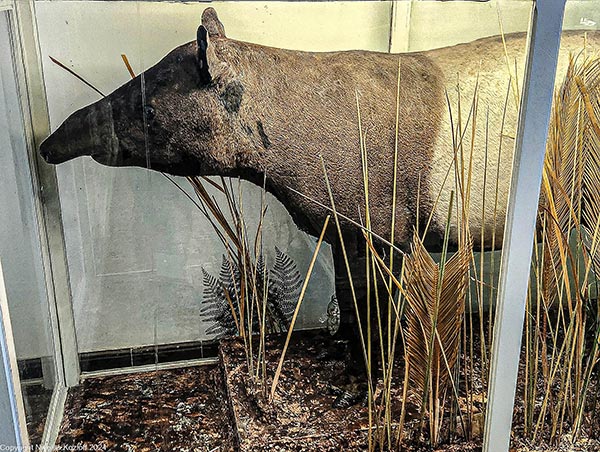
Another example are modern-day tapirs, currently facing possible extinction. Climate change has ravaged the animals’ habitat and human encroachment threatens forest areas serving as a refuge. Tapirs in turn are related to both llama-like Macrauchenia and rhino-like Toxodon, species of megafauna uncovered by Darwin.
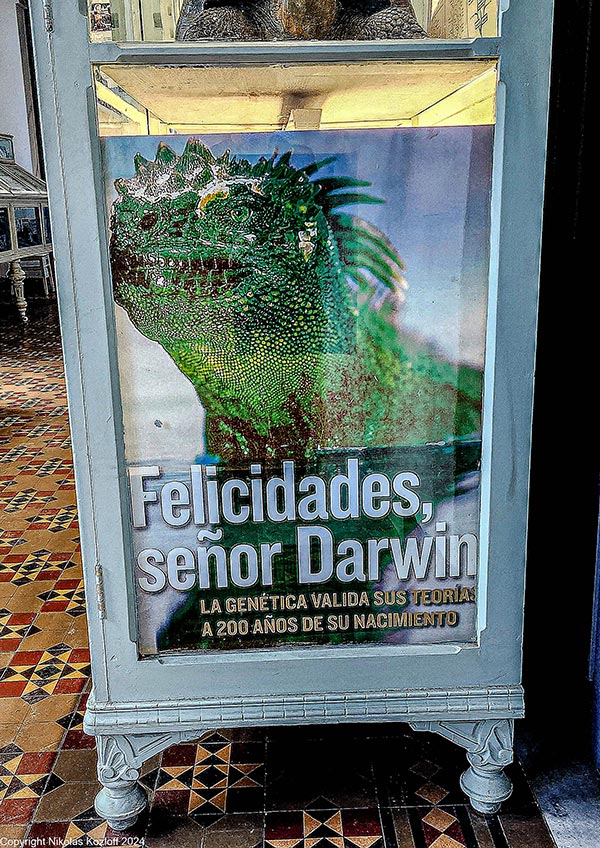



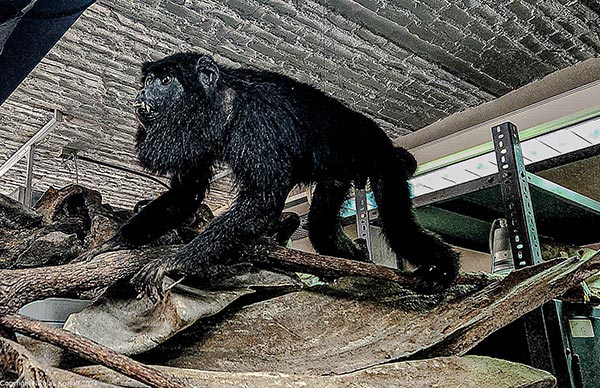
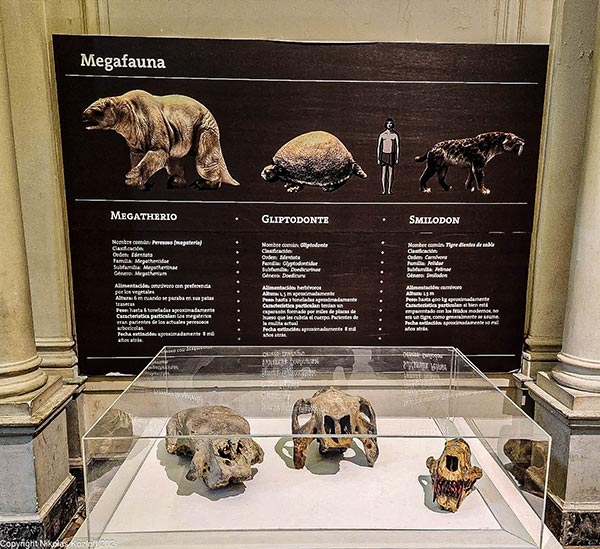
Leave a comment